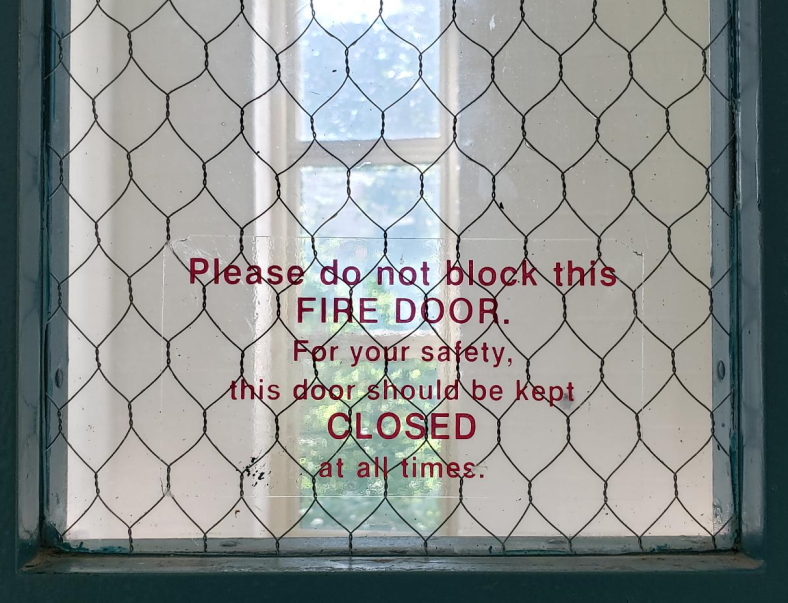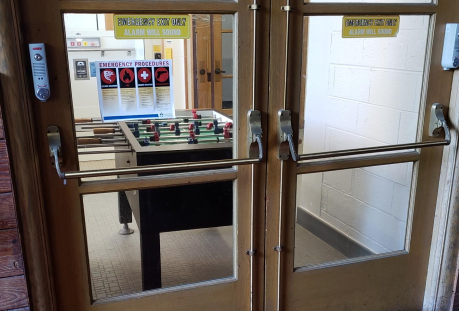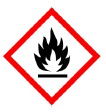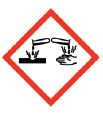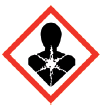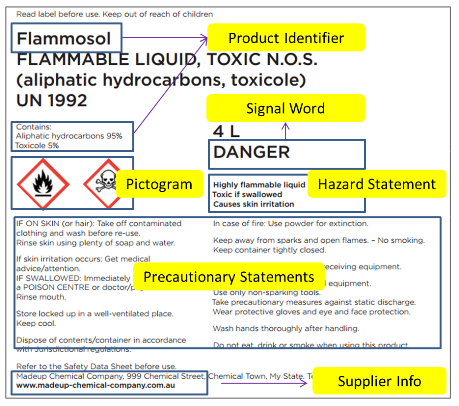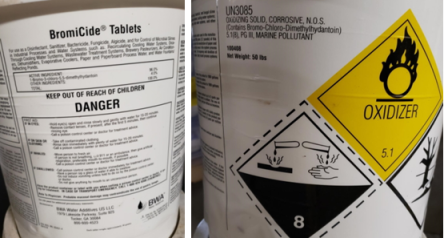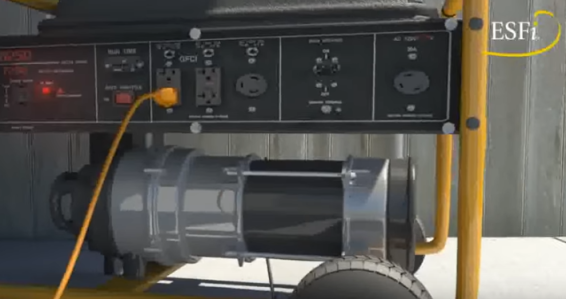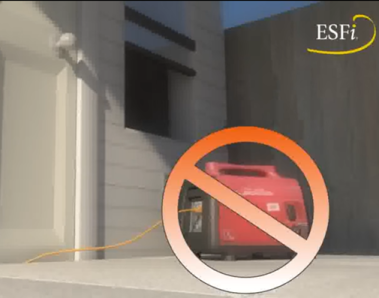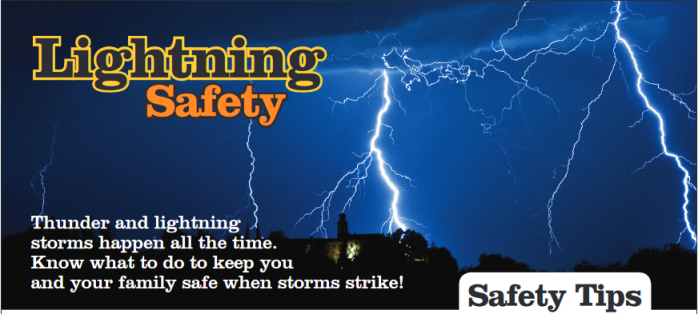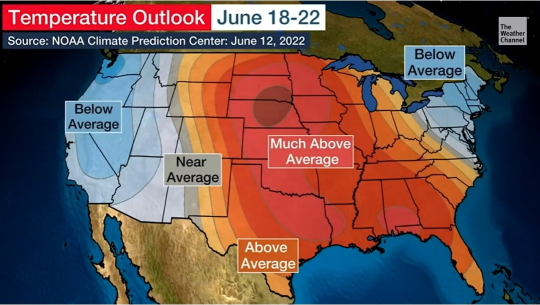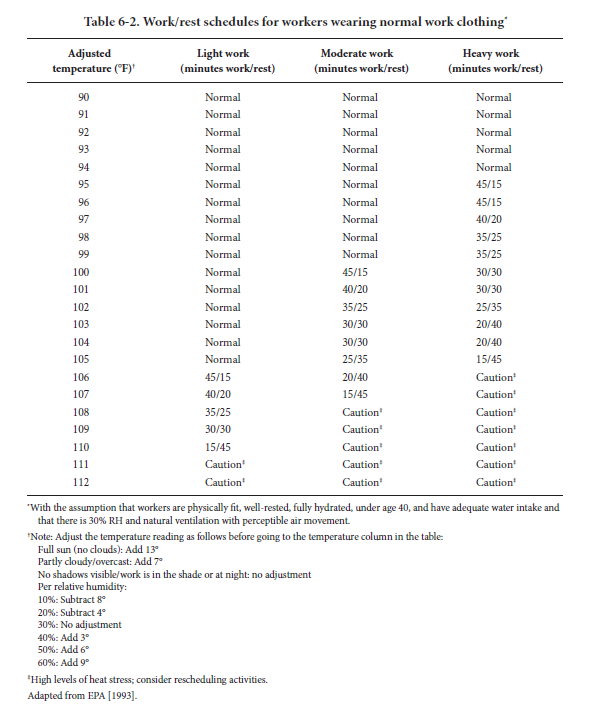As always, the main campus safety line 920-419-6999 is available at all times for emergency transportation to Urgent Care, doctor appointments, or emergency prescription fills.
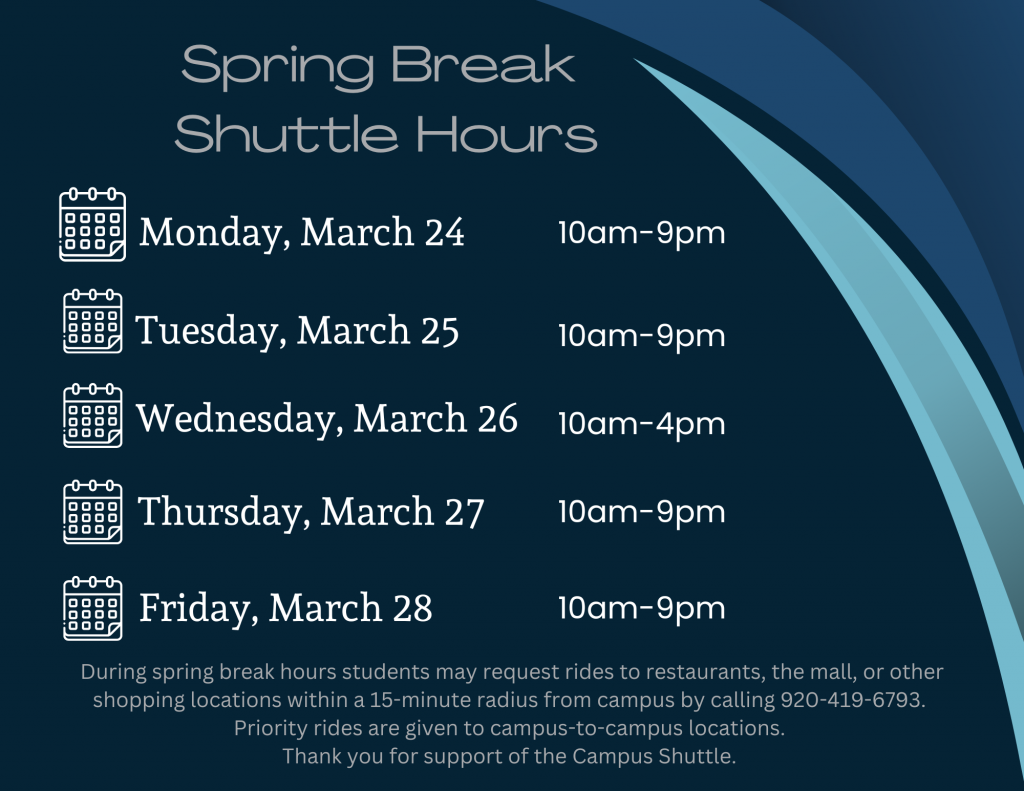
- Monday, March 24 & Tuesday, March 25: 10 a.m.-9 p.m.
- Wednesday, March 26: 10 a.m.-4 p.m.
- Thursday, March 27 & Friday, March 28: 10 a.m.-9 p.m.
During spring break hours, students may request rides to restaurants, the mall, or other shopping locations within a 15-minute radius from campus by calling 920-419-6793.
Priority rides are given to campus-to-campus locations.
Thank you for your support of the campus shuttle.


